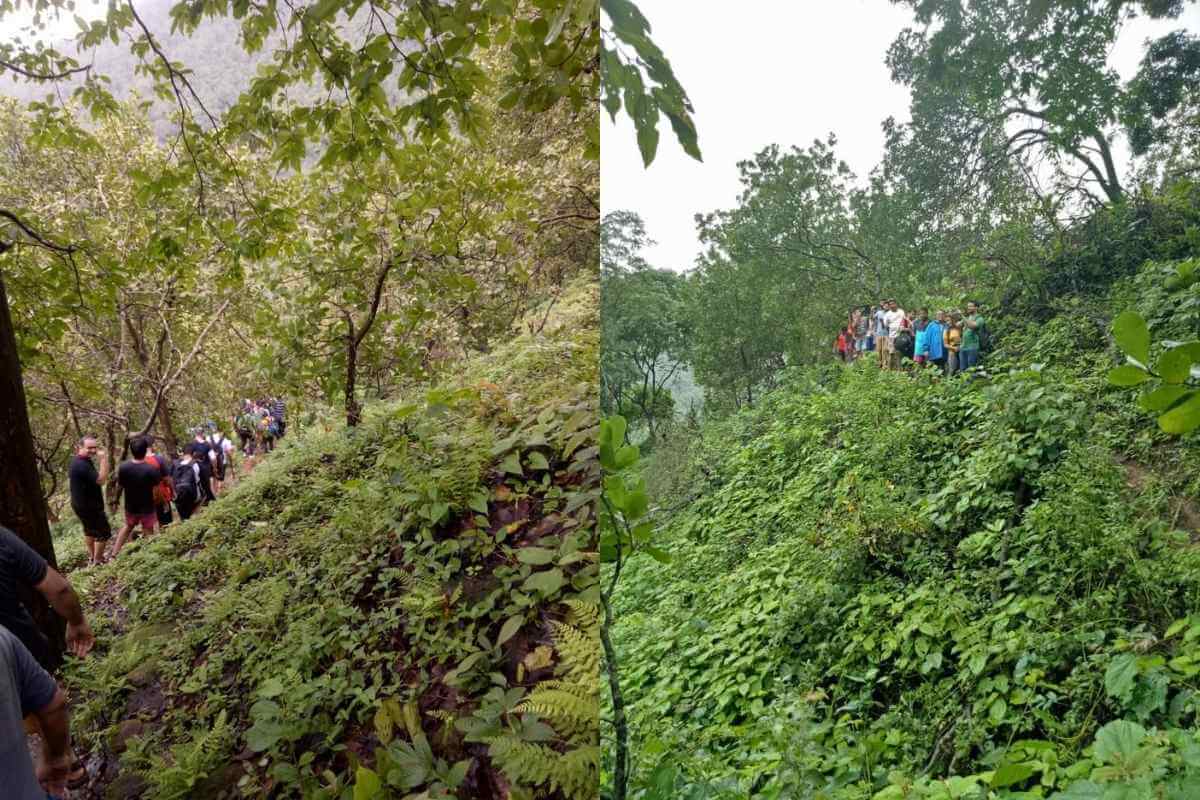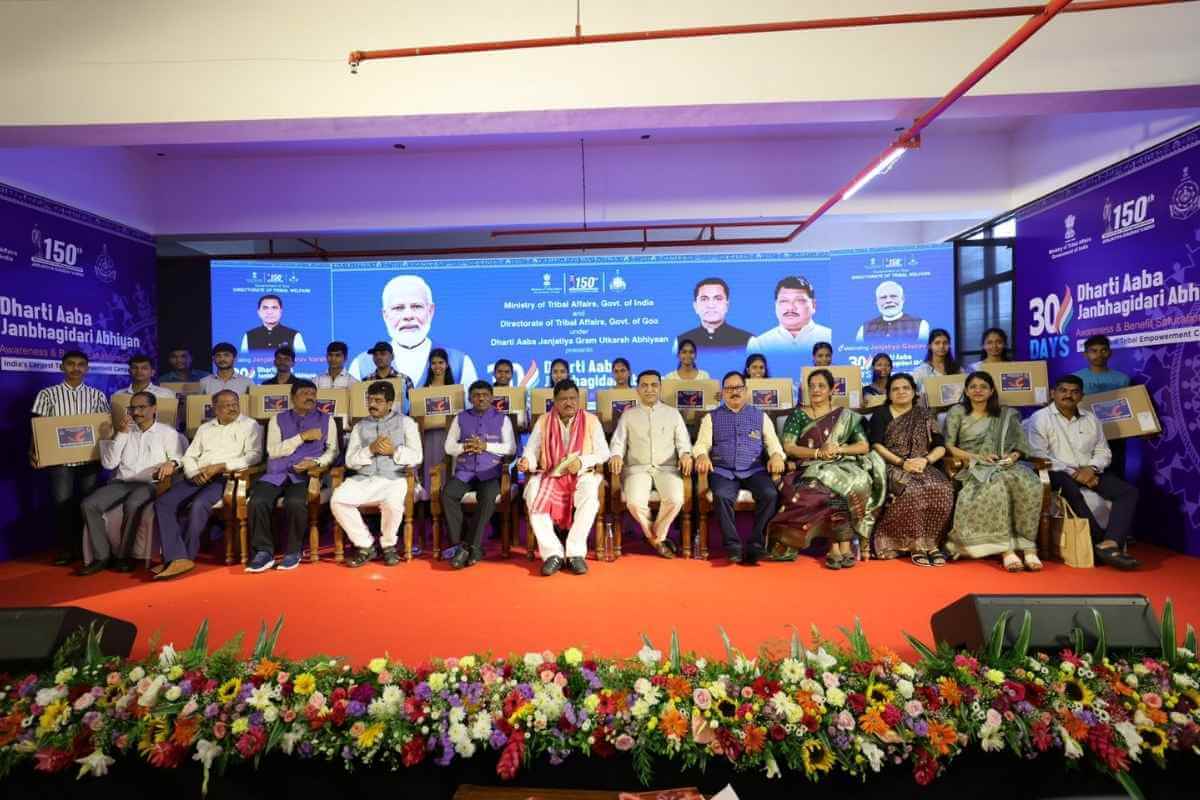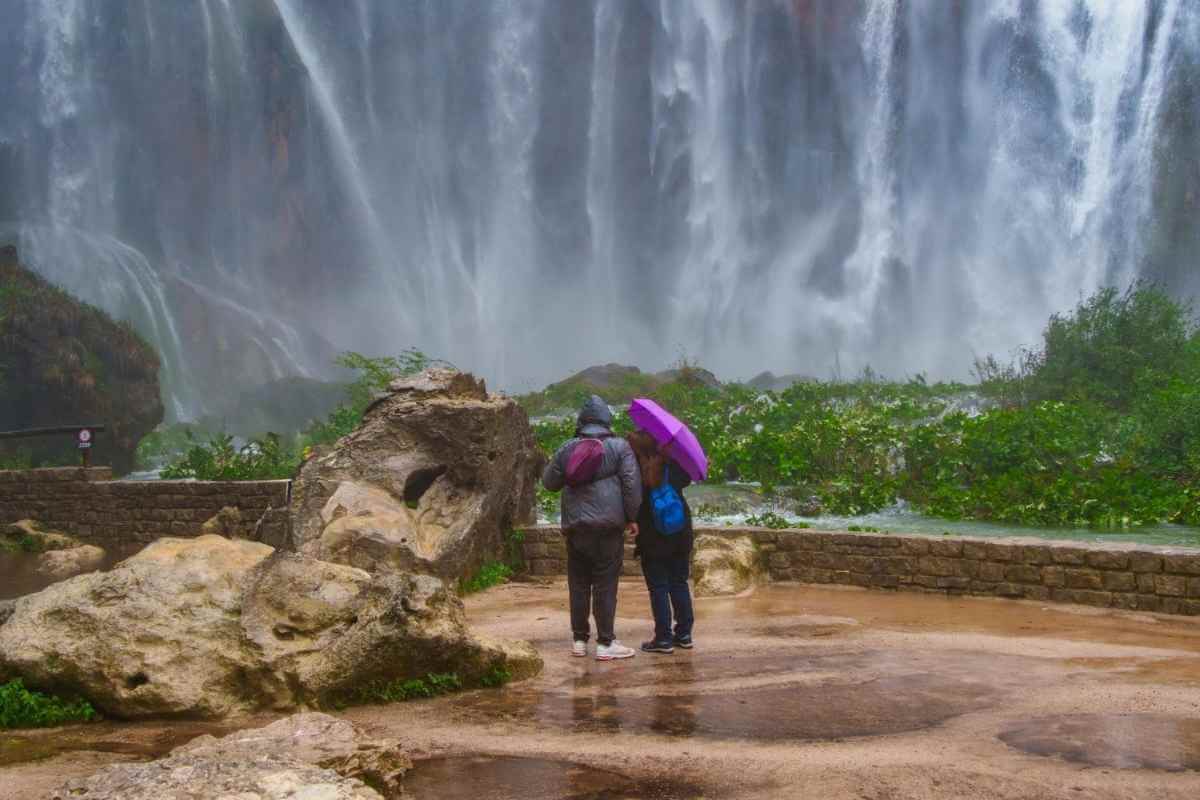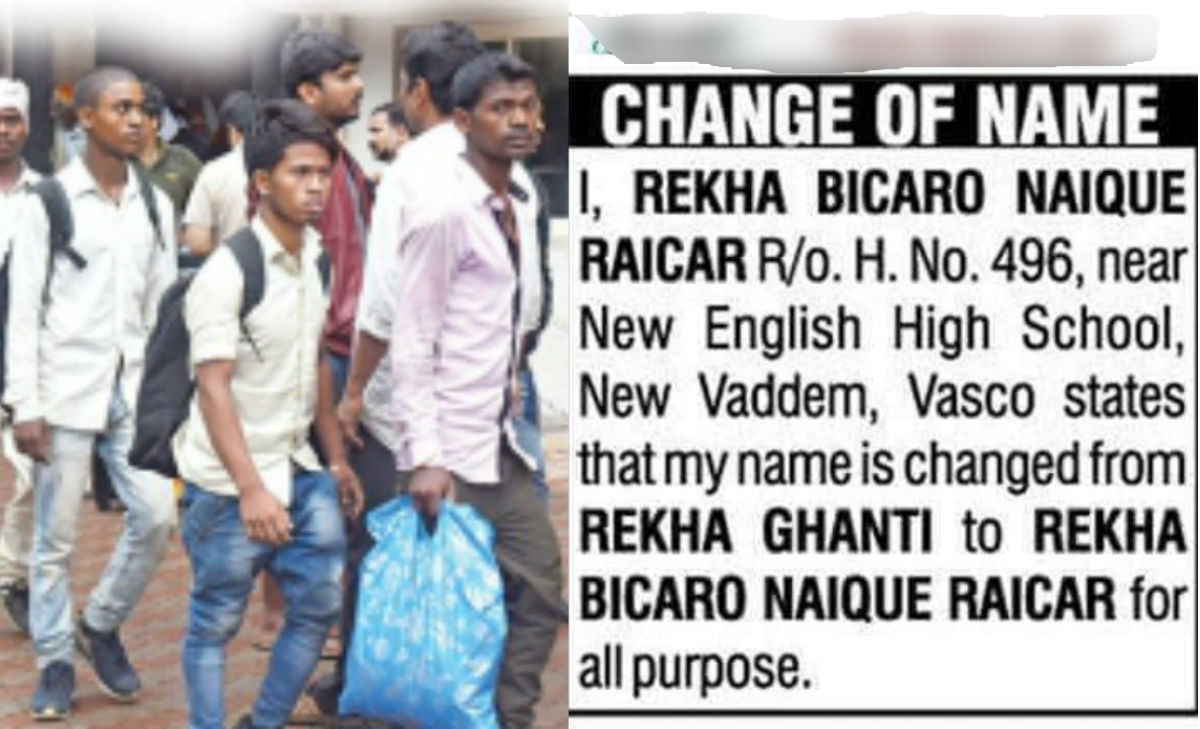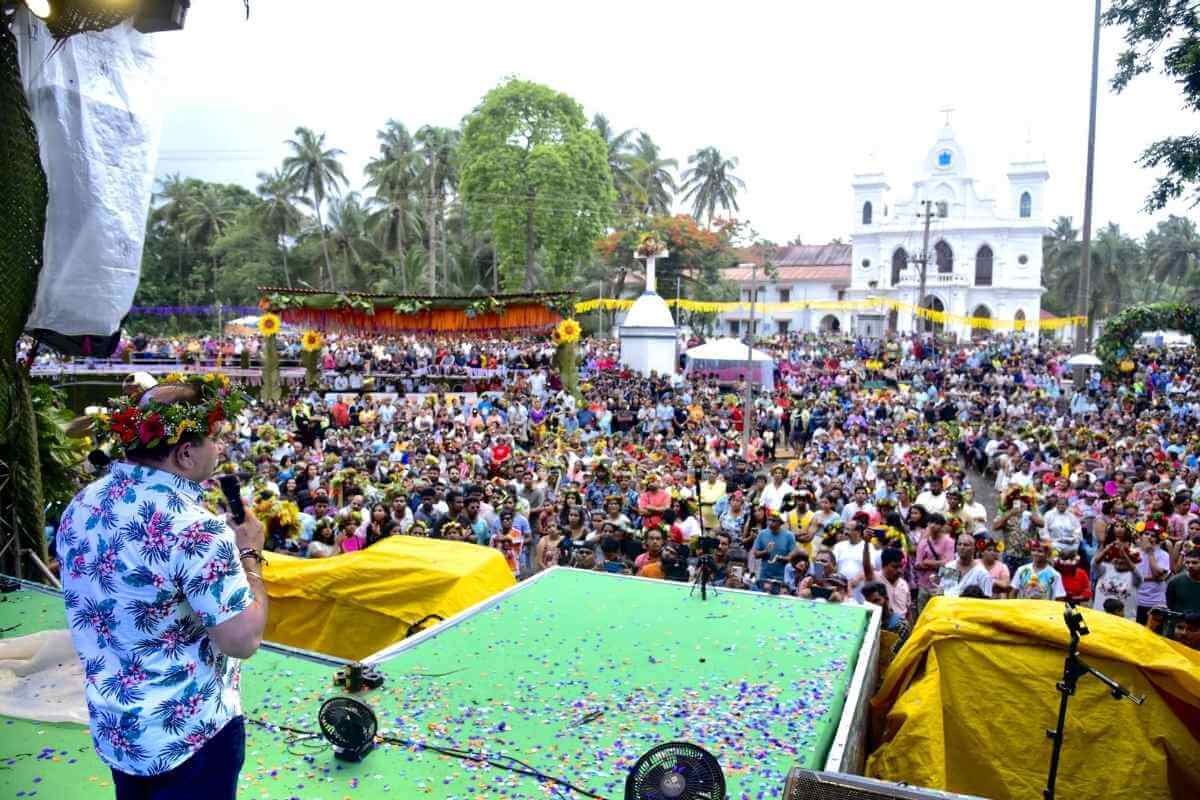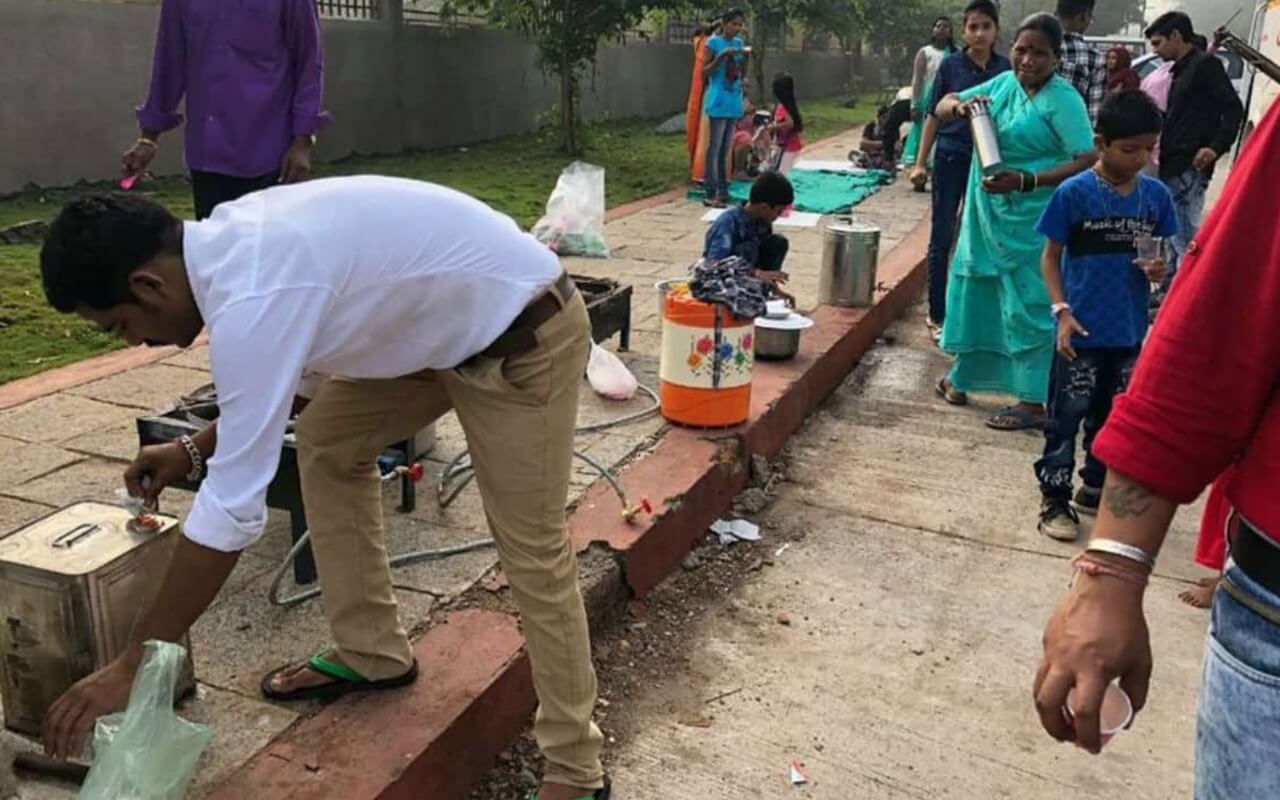If you live in Goa, you might have surely witnessed women selling Mushrooms on the huge leaves on the roadside, but do you know how much that tasty mushroom, that every Goan crave for during the monsoon season, creates the havoc to the forests of Goa? Take a look at this article. After reading this article you may not stop the consumption of Mushrooms, but at least it will give the heads up to them about how much damage we are causing to our ecosystem.
The Mushroom is an expensive culinary delicacy in Goa, we are talking about the wild mushroom available in for the limited period during the monsoon and not the button Mushroom which is made in factories. The button mushrooms are available throughout the year and they doe not cause any damage to the ecosystem in Goa.
Local vendors bring in native varieties of mushrooms wrapped in teak leaves which go by different names in Konkani. Roenichim (termite hill mushrooms), toshali, chochyali, khut (mushrooms with a long stem), shiti (grown in winter), shitol, shiringar olmi, shendari, kuski, dukor, surya olmi, tel alami, fuge (balloon shaped), bhuifod are some of the names they go by. Of course, the olmi or alami is the queen of the table during the monsoons when fish is scarce.

Irrespective of religion or economic strata, Goenkars will agree that the rainy season is incomplete without a meal that has ‘Olmi’ as the main ingredient. The Termitomyces genus, that Olmi belongs to, is endemic to the dense forests of the Western Ghats and also grows in adjoining parts of Maharashtra and Karnataka. These mushrooms grow in symbiosis with other organisms, and in the case of Olmis, they only grow on termite hills.
There are many dishes that one can make with these mushrooms. The most popular is xacuti, cooked with coconut and spices into thick rich gravy and served with hot, crusty bread or the local ‘poie’. Another is the ‘patol tonak’ a curry with coconut and Goan masala, olmi chilly fry, which is a simple fried version with the mushrooms cut vertically. Then there is ‘olmi sukhi bhaji’ which has no gravy, just mushrooms fried in oil and masala added. The simple olmi soup is also quite popular and most of the above dishes are accompanied by breads, or boiled rice. However, the harvesting and selling of these wild mushrooms also has its dark side.
It has been difficult to grow them in artificial conditions, and a as result Olmis are now threatened by over-harvesting. In fact, a lot of mushrooms varies in the region are vulnerable. In 1992, Goa’s forest department had banned mushroom harvesting and in 1993, the ban was amended to apply only to wildlife sanctuaries and government forests.
Nandkumar Kamat, assistant professor, department of botany, Goa University, who has been studying these mushrooms for over 30 years, says that though edible mushrooms are popular in Goa few are aware of its biological and ecological aspects. These mushrooms have a very important role in the ecosystem as decomposing agents and thus harvesting them can be harmful to the health of the forests.

According to Kamat, these mushrooms being symbiotic grow only on termite hills making it difficult to cultivate them artificially. These mushrooms are eaten by termites to obtain enzymes and nitrogen. Kamat added that the Western Ghats has about 35 species, out of which only 12 are harvested for sale while about 15 are restricted only to that particular area.
Kamat explains the relationship between mushrooms and termites. Each roen or termite hill recycles about 500 kg of organic matter from the forest each year and the mineral and nutrient-rich soil are returned to the forest soil. “Over 50 percent dead plant material on the forest floor and grassland is converted by the powerful enzymes of these species inside the fungus gardens of the termite hills.”
There are over 800 termite hills per hectare of forest area in the Western Ghats. The variety of trees creates a mixed leaf litter on the ground for the termites to decompose while termites invade between 21 and 79 percent of the trees.
The termites use this plant litter to construct elaborate hills with tunnels and the plant material taken in ends up as what one would call as a ‘fungal comb’. Each comb weighs around 28 to 31 kilograms and decomposes around 167 to 341 kilograms of organic matter annually. It also helps remove virus-carrying vectors like ticks on the forest floor which is composted along with the plant material.
These termite hills are worshipped in Goa and neighboring states of Karnataka and Maharashtra. The termite hills often associated with fertility are considered as a symbol of mother earth and many temples in tribal areas of Goa still have empty termite hills in their inner shrines.
Picking off these mushrooms take place during pre-dawn hours and these pickings are often preceded by a ritual. The ritual could also be to get rid of snakes as people believe that snakes reside in them. The ritual is performed by dusting the termite hill with branches of the uskai (Getonia floribunda) tree.
Kamat blames the commercialization of mushrooms for the problem of overharvesting. He is of the strong belief that the urban population should try and curb the fad of eating wild produce or anything that can’t be cultivated.
“From the perspective of species diversity, gene pool, distribution pattern and habitat stress, there needs to be a total irreversible ban on collection and consumption of all edible mushrooms,” Kamat said. He suggests that people should opt for the commercially grown button or oyster mushrooms that are easily available in the market.
Kamat points out that these wild mushrooms are priced anything between Rs 250 and Rs. 1000 or more for around 50 pieces and are one of the most expensive fungal foods in the world. Kamat explains that the high prices people pay are not for number, weight or volume of purchase, but for its taste. Kamat further informed that these mushrooms can cost from Rs 700 or 750 per kilogram and go up to Rs 7000 or 7500. In Goa, the mushrooms are sold by packets and each packet has less than 30 mushrooms and weighs less than 400 grams. This year the price was Rs 60s on an average and came up to Rs 1500 per kg or up to Rs. 15000.
These mushrooms were at first not commercially available in Goa. Rampant urbanization and tourism contributed to their entry in the market thus creating a supply chain that involves villagers, sorters, packers, vendors, and saleswomen.

Goa Heritage Action Group secretary, Raya Shankhwalker says that these mushrooms are a part of Goa’s monsoon diet and very popular. She also pointed out that the previous generations were aware of the season and method of harvesting them without affecting the ecology, newer generations do not have the traditional knowledge of harvesting them which leads to overharvesting which in turn proves to be detrimental to the ecosystem.
But Raya also says that completely banning them will have a detrimental effect on households, especially marginalized, rural communities that depend on them as a source of income.
Locals who harvest and sell these mushrooms argue that the knowledge of harvesting and consumption of these mushrooms is restricted to the villages only. They feel targeting people who sell them is not fair as it is being done for survival and villagers often have the best knowledge of how much and how o harvest them.
Kamat on the other hand, says that these locals, who are involved in harvesting and selling of these mushrooms, want an easy way out by taking everything free from nature. He feels that they can grow oyster mushrooms at home and earn more on the sale of these mushrooms.
Parag Rangnekar, the member of Goa State Diversity Board, is of the opinion that if the harvesting is done at a later stage after the fruiting bodies have matured, harvesting could be considered and that collection in protected areas shouldn’t happen at all.
Miguel Braganza former secretary of Botanical Society of Goa says that there is a need for balance. Goa having a sense and culture of environment responsibility, natural resources should be used responsibly and not abused. “I believe that a total ban and senseless exploitation are equally bad”.
Sanjay Waradkar, Deputy Conservator of Forests, Wildlife and Ecotourism, South Goa, says wildlife patrols prevent people from entering the forest to pluck mushrooms but the system isn’t foolproof.
He states that forests are open areas without any boundaries and is impossible to control the harvesting of wild mushrooms in sanctuaries and reserve forest areas.
Kamat has been working on creating awareness about the conservation of Termitomyces for almost two decades now. He complains that not much has been done by the sate machinery and last year a workshop was conducted by him on the subject for the Biodiversity Management Committees (BMC) under the Goa State Diversity Board.
Pradip Sarmokadam, member secretary of GSBB, says various BMC’s in Goa are given toolkits from last year following the workshop conducted by Kamat with photographs and names of wild mushrooms for identification as part of People’s Biodiversity Registers.
Sarmokadam explains that conservation is only possible when the locals are convinced, involved and are able to derive benefits in a sustainable way by ensuring that varieties are not overexploited or lost.
He suggests that local consumption be allowed for a fee by local BMC’s. He further states that Conservation programs should be taken up for at least 5 years before allowing anyone access to these wild mushrooms.
Source: India Mongabay




